Sriharikota: India on Friday launched its ambitious third lunar mission Chandrayaan 3, eyeing a rare feat in moon exploration so far only accomplished by the likes of the US, China and the former Soviet Union.
The space agency said the technically challenging soft landing on lunar surface, which Chandrayaan 2 could not achieve, has been planned for 5.47 pm on August 23.
Indian Space Research Organisation’s third lunar expedition in 15 years, the hugely anticipated Chandrayaan 3 embarked on its month-long journey towards the moon, piggybacking on ISRO’s latest heavy lift launch vehicle, ‘Fat boy’ LVM3-M4 from the spaceport here.
The mission cost was around an estimated Rs 600 crore, Union Minister Jitendra Singh said.
Chandrayaan 2 could not achieve the soft landing when communication with the Lander ‘Vikram’ was lost.
As the 25 and a half hour countdown concluded, the LVM3-M4 rocket (formerly GSLVMkIII) also dubbed as ‘Fat boy’ for its heavylift capability, soared off majestically from the spaceport at the prefixed time of 2.35 pm from the second launch pad, leaving a trail of thick orange smoke.
Thousands of spectators who had assembled here to watch the launch since morning broke into loud cheers and applauded as the launch vehicle soared into clear skies.
Through the Chandrayaan-3 mission, scientists are aiming at mastering the technology of soft landing on the surface of the moon. A successful mission would mean India becomes only the fourth country to accomplish the challenge, after the United States, China and the former Soviet Union.
About 16 minutes after lift-off, Chandrayaan 3 got separated from the rocket and it would orbit the earth for about 5-6 times in an elliptical cycle with 170 km closest and 36,500 km farthest from earth moving towards the lunar orbit.
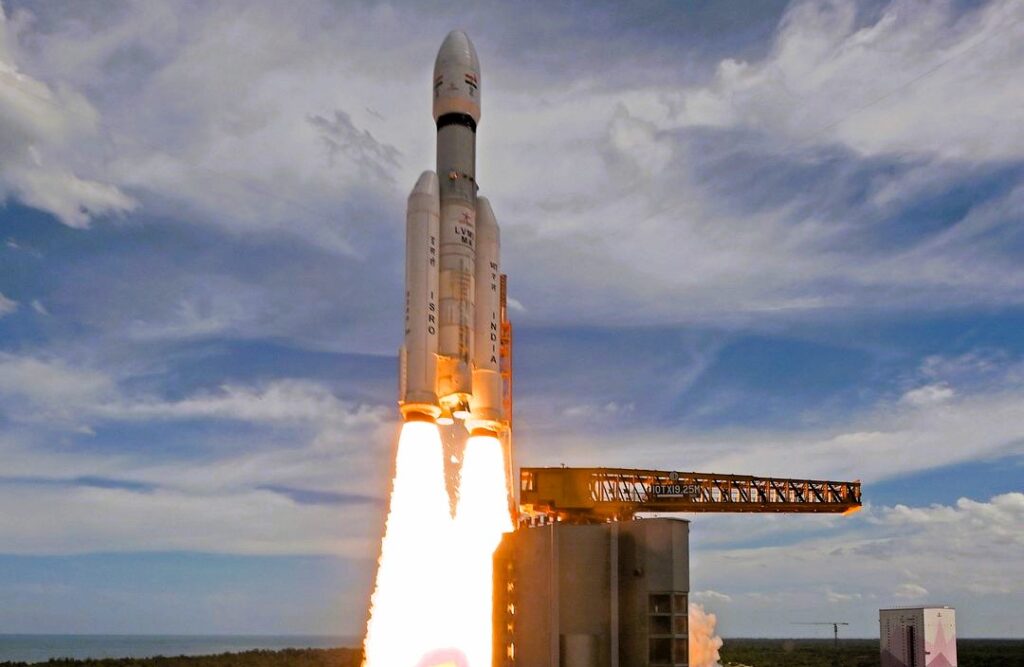
A jubilant ISRO Chairman S Somanath said from the Mission Control Centre (MCC) the rocket had injected Chandrayaan 3 into a precise orbit.
“Congratulations, India. Chandrayaan 3 has started its journey towards moon. Our dear LVM 3 has already put Chandrayaan 3 craft into the precise orbit around earth… and let us wish all the best for Chandrayaan 3 craft for its further orbit raising maneuvers and travel towards moon in the coming days,” he said.
Later, addressing reporters, he said infusion of Chandrayaan 3 into the lunar orbit was planned from August 1 onwards.
The soft landing on lunar surface has been planned for 5.47 pm on August 23, he added.
Mission Director S Mohana Kumar said that LVM3 rocket has once again proved to be the most reliable heavy lift vehicle of ISRO.
“We are in the process of increasing the launch frequency of this vehicle considering the national requirements as well as satellite demands,” he said.
Today’s mission was a ‘penance’ of many across ISRO, he added.
Project Director P Veeramuthuvel said all the spacecraft health parameters, including power generation in propulsion module and lander module, were normal.
Union Minister of State for Science and Technology, Jitendra Singh described today’s event as a moment of glory for India and moment of destiny for all those in Sriharikota.
Lauding team ISRO for making India proud, he thanked Prime Minister Narendra Modi “for making this possible by unlocking the gates of Sriharikota and enabling India’s space sector.”.
He said the PM had recently said sky is not the limit and living by his words “I think Chandrayaan has gone beyond the limit of sky to explore the unexplored horizons of the universe beyond.” Today was also a day of vindication, he said while speaking about the late Vikram Sarabhai, hailed as the Father of India’s space programme.
“This day is a indication of a dream Vikram Sarabhai saw six decades ago. He might have been short of resources, but never short of confidence.’.
Sarabhai and his team had faith in themselves, in India’s potential and its acumen, he added.
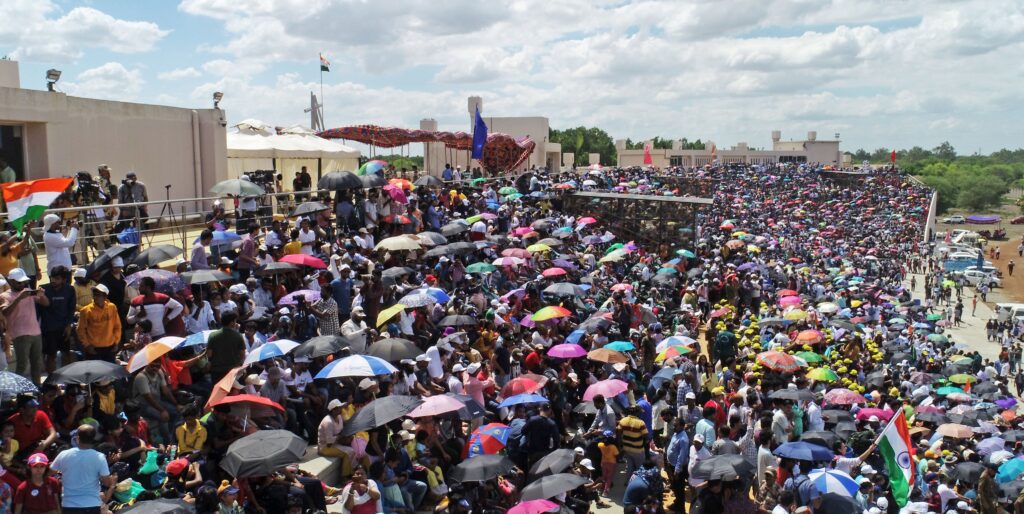
Earlier, every announcement from the MCC on successful “separation” of the respective modules was received with cheers and applause. Singh and host of former ISRO chiefs were present to witness the launch.
The LVM3 rocket is a composite of three modules — propulsion, lander and rover (which is housed inside the lander).
Following the separation from the launch vehicle, the propulsion module along with the lander would proceed for an over a month long journey towards reaching the orbit of the moon until it goes 100 km above the lunar surface.
After reaching the desired altitude, the lander module would begin its descent for a soft landing on the moon’s south pole region. This key action is expected to take place by August 23 or 24, scientists at ISRO said.
Chandrayaan-3 is the third lunar exploration mission and the fourth operational mission (M4) of the LVM3 launcher.
The mission is expected to be supportive to future interplanetary missions.
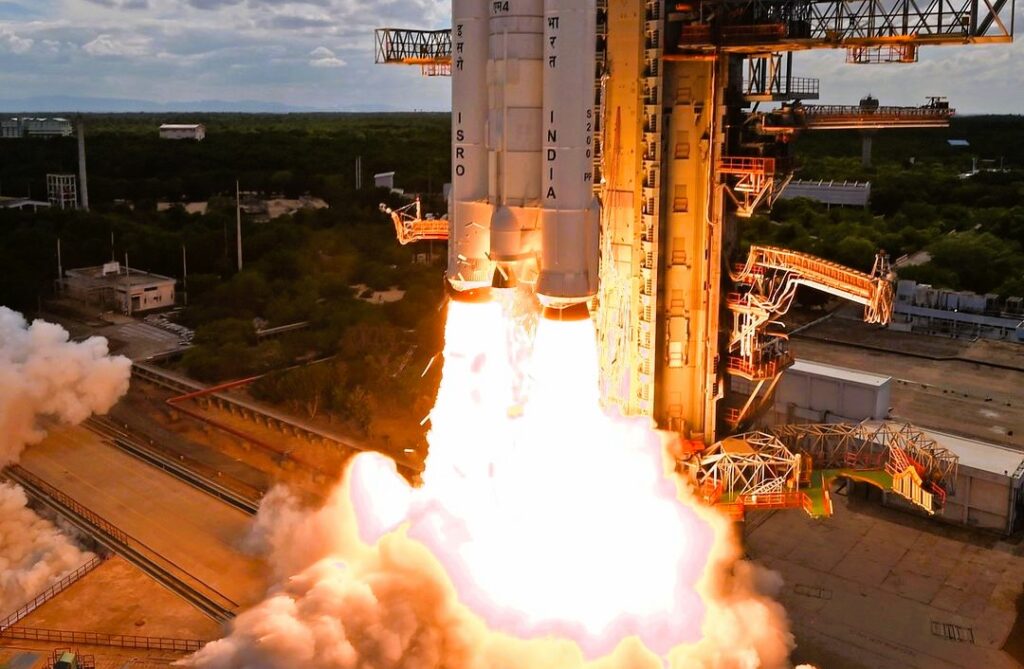
IT consists of an indigenous propulsion module, lander module and a rover with an objective of developing and demonstrating new technologies required for inter-planetary missions, ISRO said.
The LVM3 rocket has completed six consecutive successful missions. The launch vehicle has proved its versatility to undertake most complex missions including injecting multi-satellites, interplanetary missions among others. It is also the largest and heaviest launch vehicle ferrying Indian and international customer satellites, ISRO said.
The reason to fix the launch window during the month of July similar to Chandrayaan-2 mission (July 22, 2019) is because the earth and moon would be closer to each other during this part of the year. .
Chandrayaan’s earlier missions were held in 2008 and 2019.
ISRO officials have left no stone unturned to ensure smiles in August when the landing is planned. .
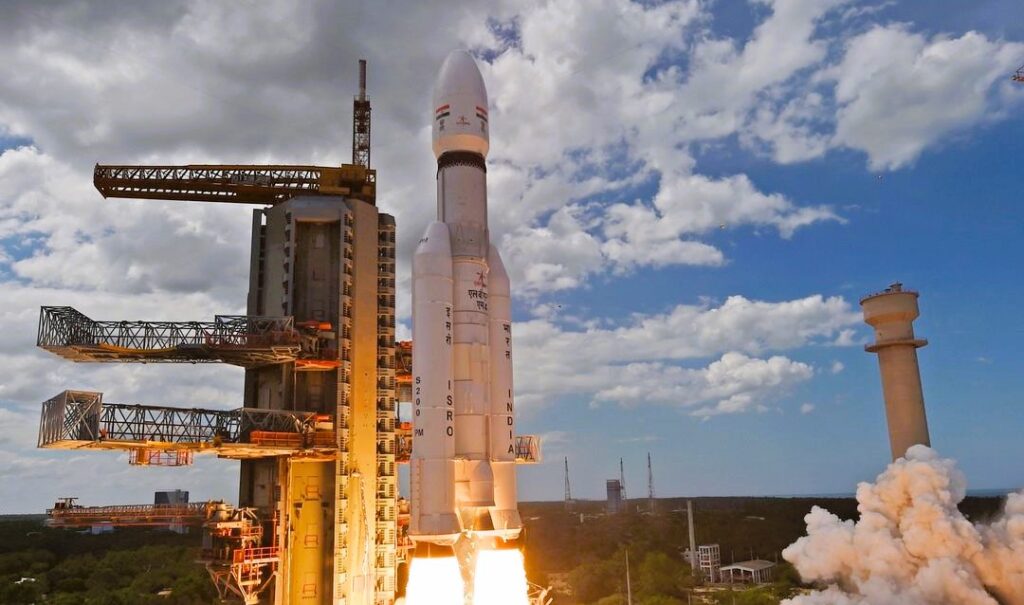
The moon’s south pole region has been chosen for the exploration because the Lunar South Pole remains much larger than that at the North pole. There could be a possibility of presence of water in permanently shadowed areas around it.
The significance about Chandrayaan-3 mission, unlike its unsuccessful predecessor, is that the Propulsion Module has a payload — SHAPE — Spectro- polarimetry of HAbitable Planet Earth which is to study earth from lunar orbit.
ISRO said the SHAPE is an experimental payload to study the spectro-polarimetric signatures of the Earth in the near-infrared wavelength range.
Apart from the SHAPE payload, the Propulsion Module’s main function is to carry the Lander Module from launch vehicle injection orbit till lander separation.
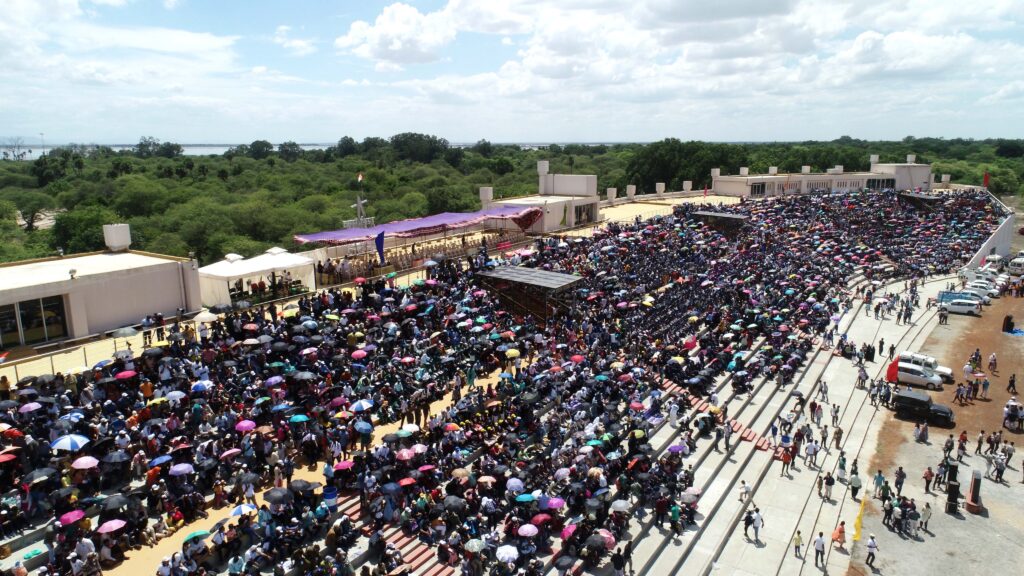
The lander module after landing on the surface of the moon has payloads including RAMBHA-LP which is to measure the near surface plasma ions and electrons density and its changes, ChaSTE Chandra’s Surface Thermo Physical Experiment — to carry out the measurements of thermal properties of lunar surface near polar region and ILSA (Instrument for Lunar Seismic Activity) to measure seismicity around the landing site and delineating the structure of the lunar crust and mantle.
The Rover, after the soft-landing, would come out of the lander module and study the surface of the moon through its payloads APXS – Alpha Particle X-Ray Spectrometer – to derive the chemical composition and infer mineralogical composition to further enhance understanding of the lunar surface.
Rover, which has a mission life of 1 lunar day (14 Earth days) also has another payload Laser Induced Breakdown Spectroscope (LIBS) to determine the elemental composition of lunar soil and rocks around the lunar landing site, ISRO said.
PTI
